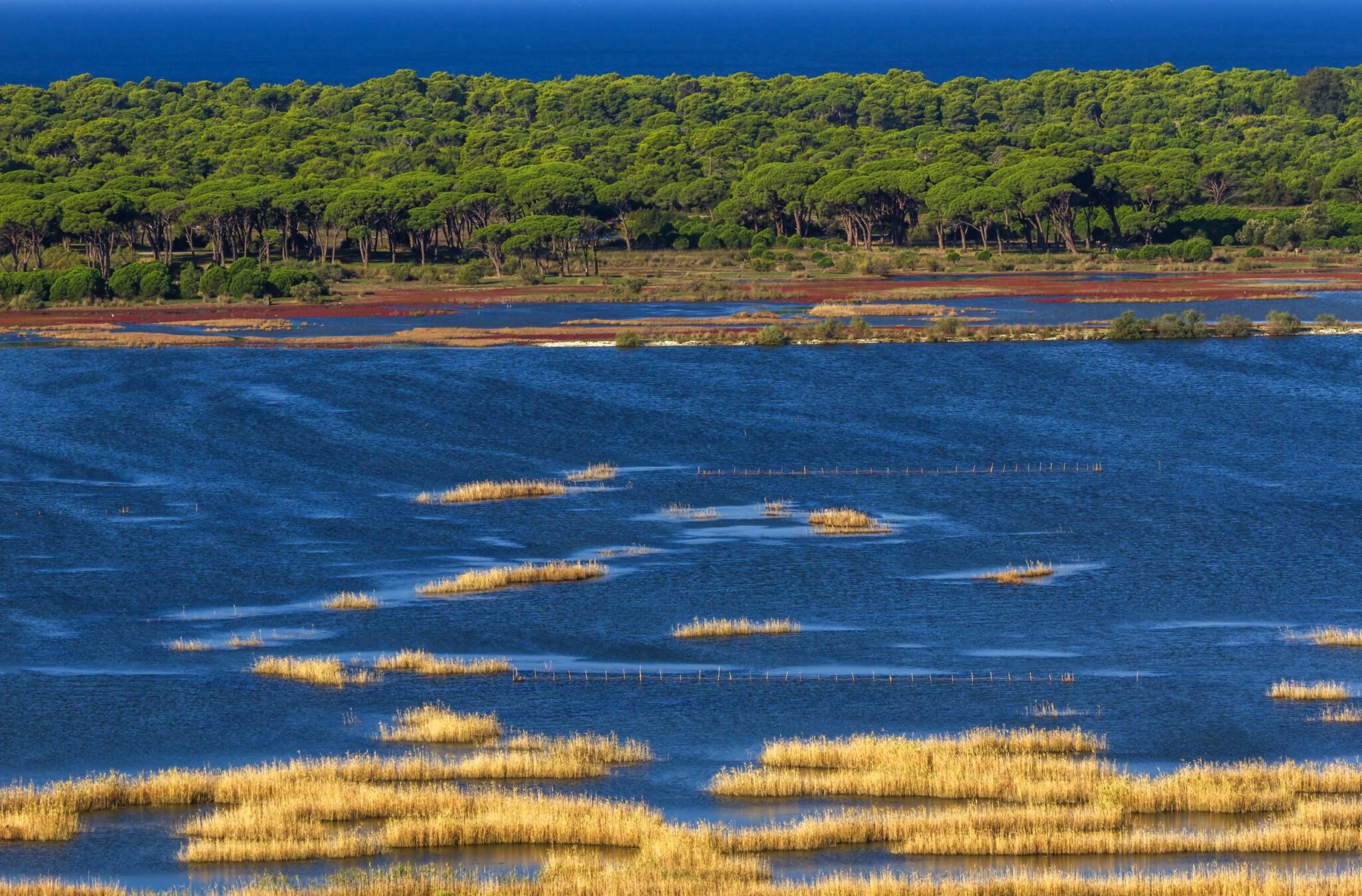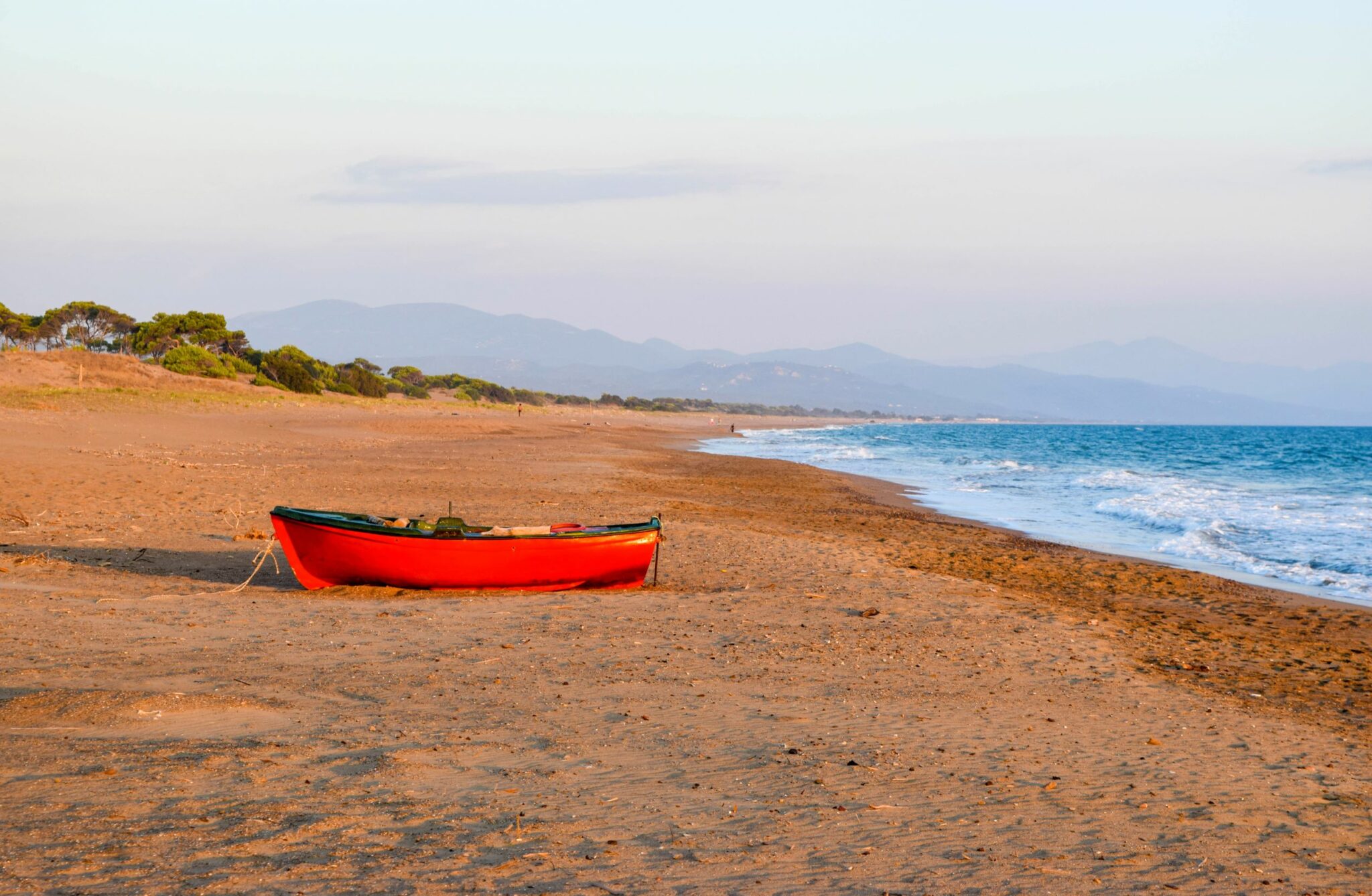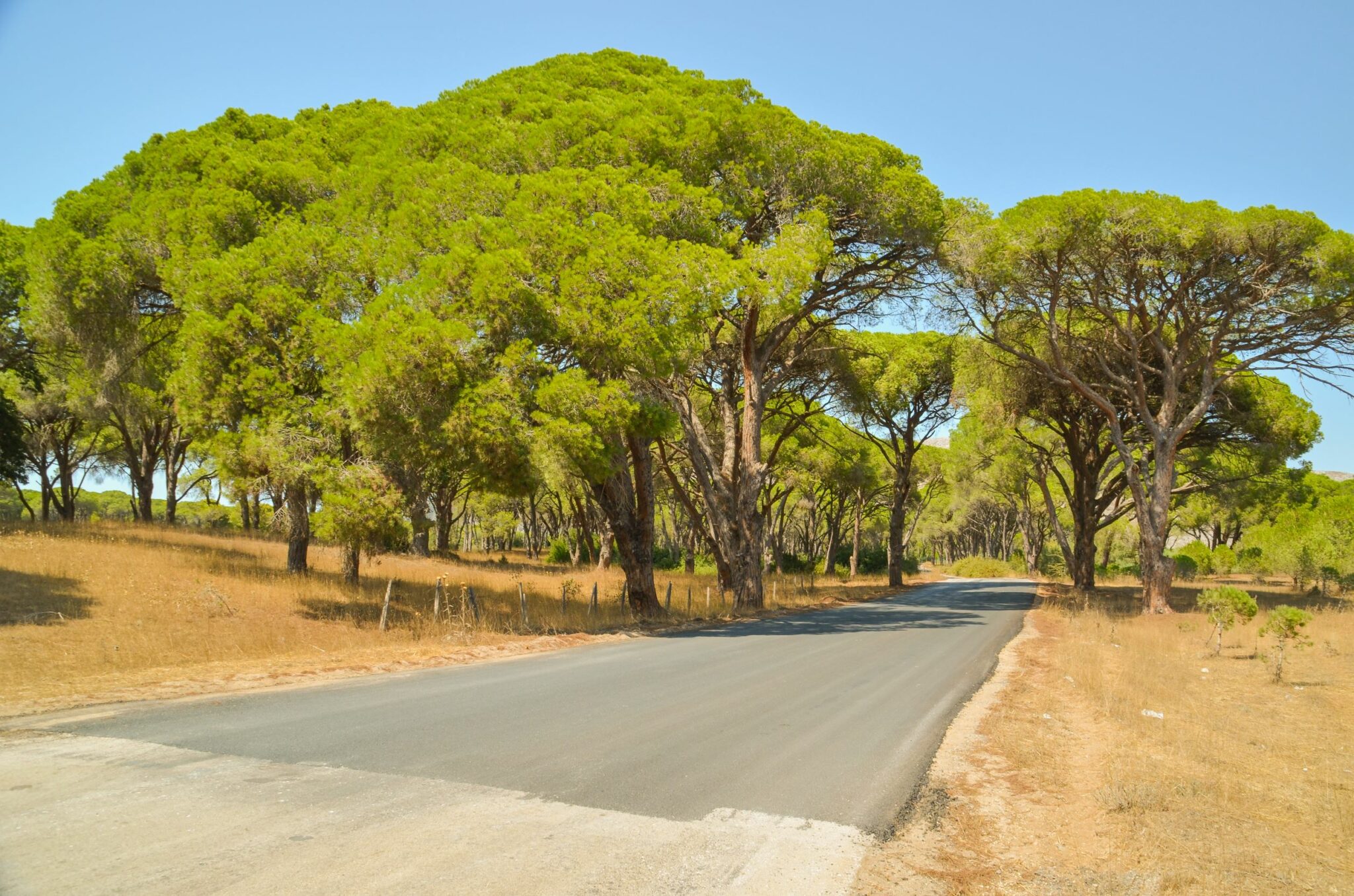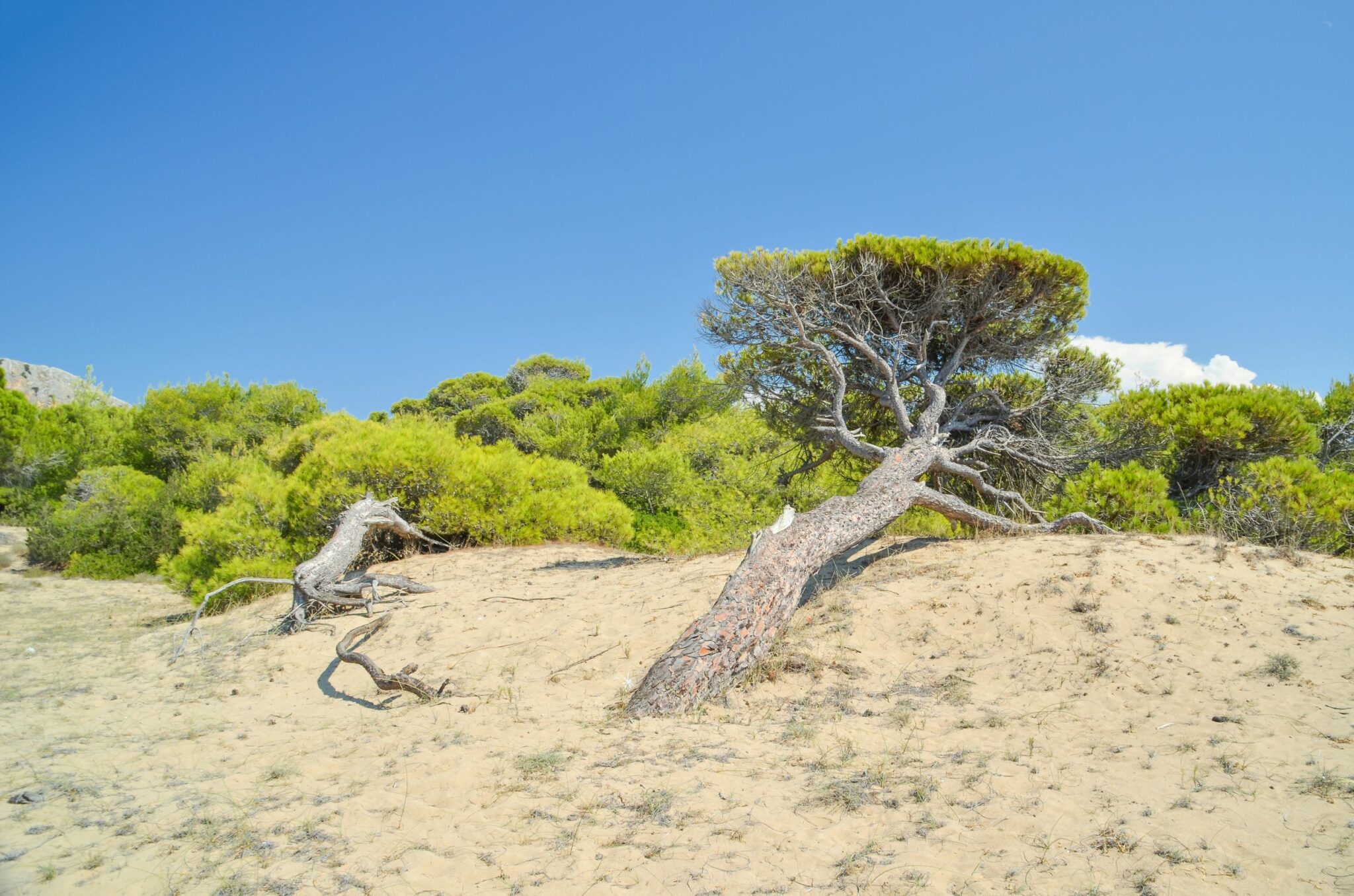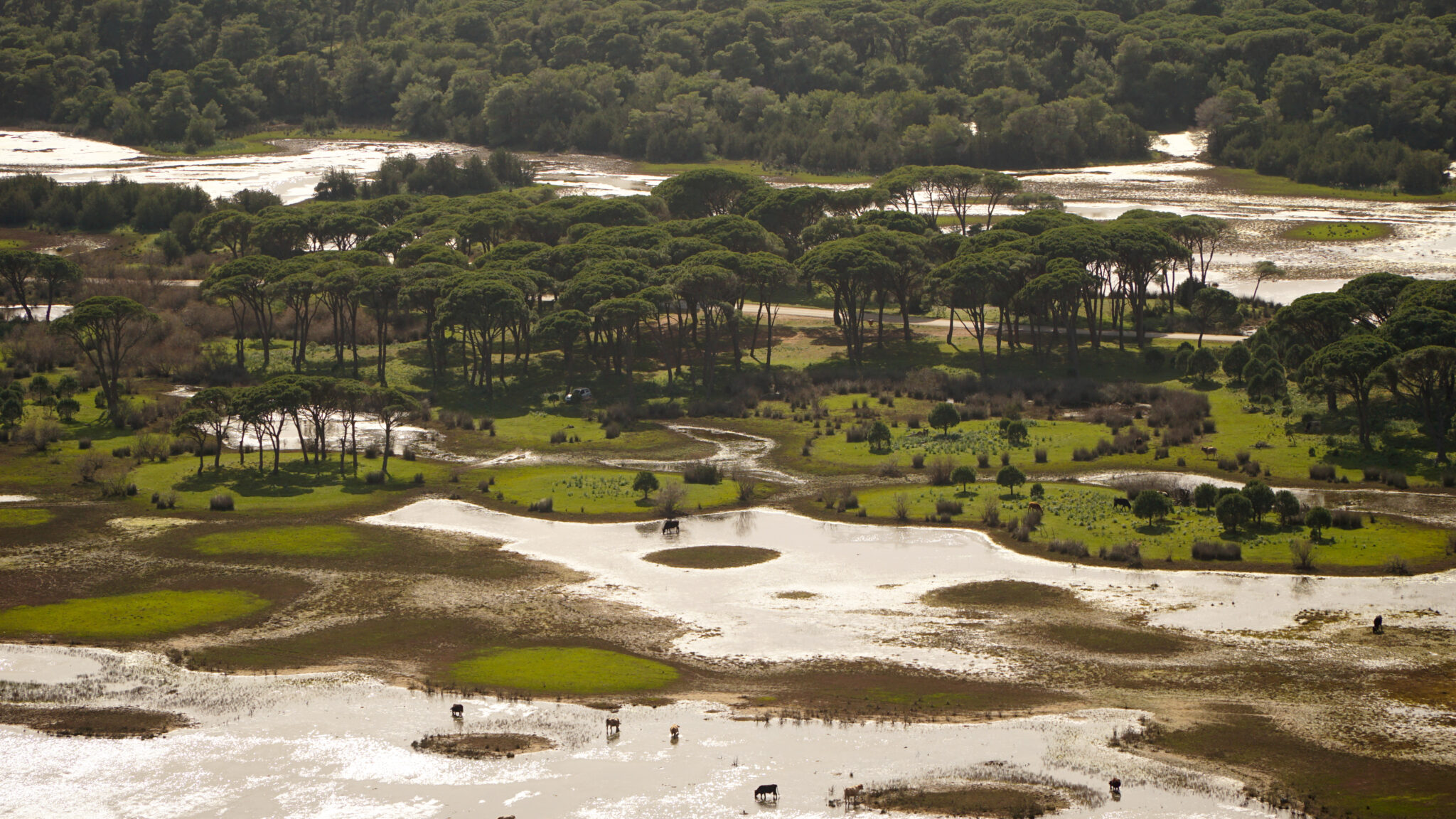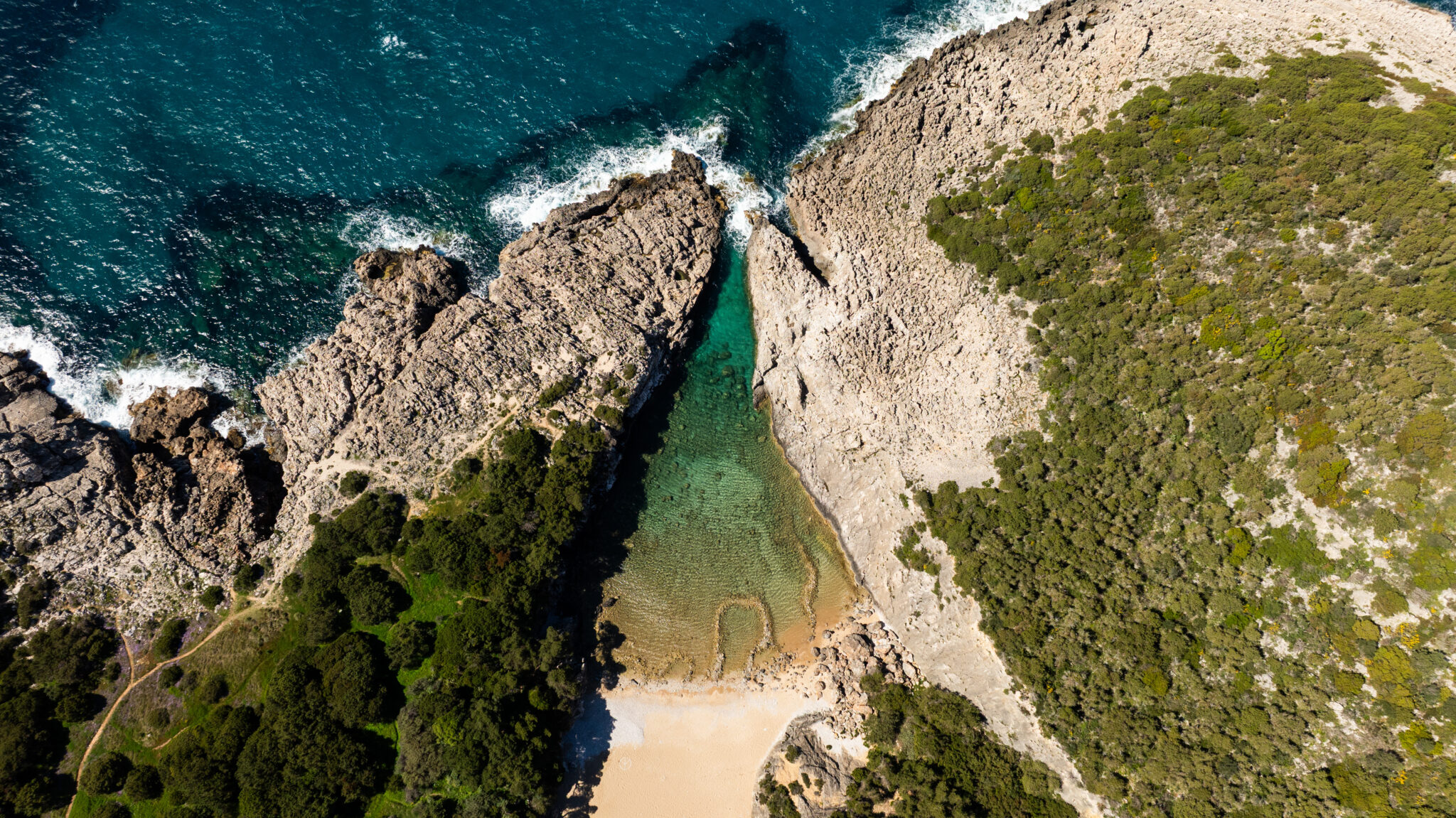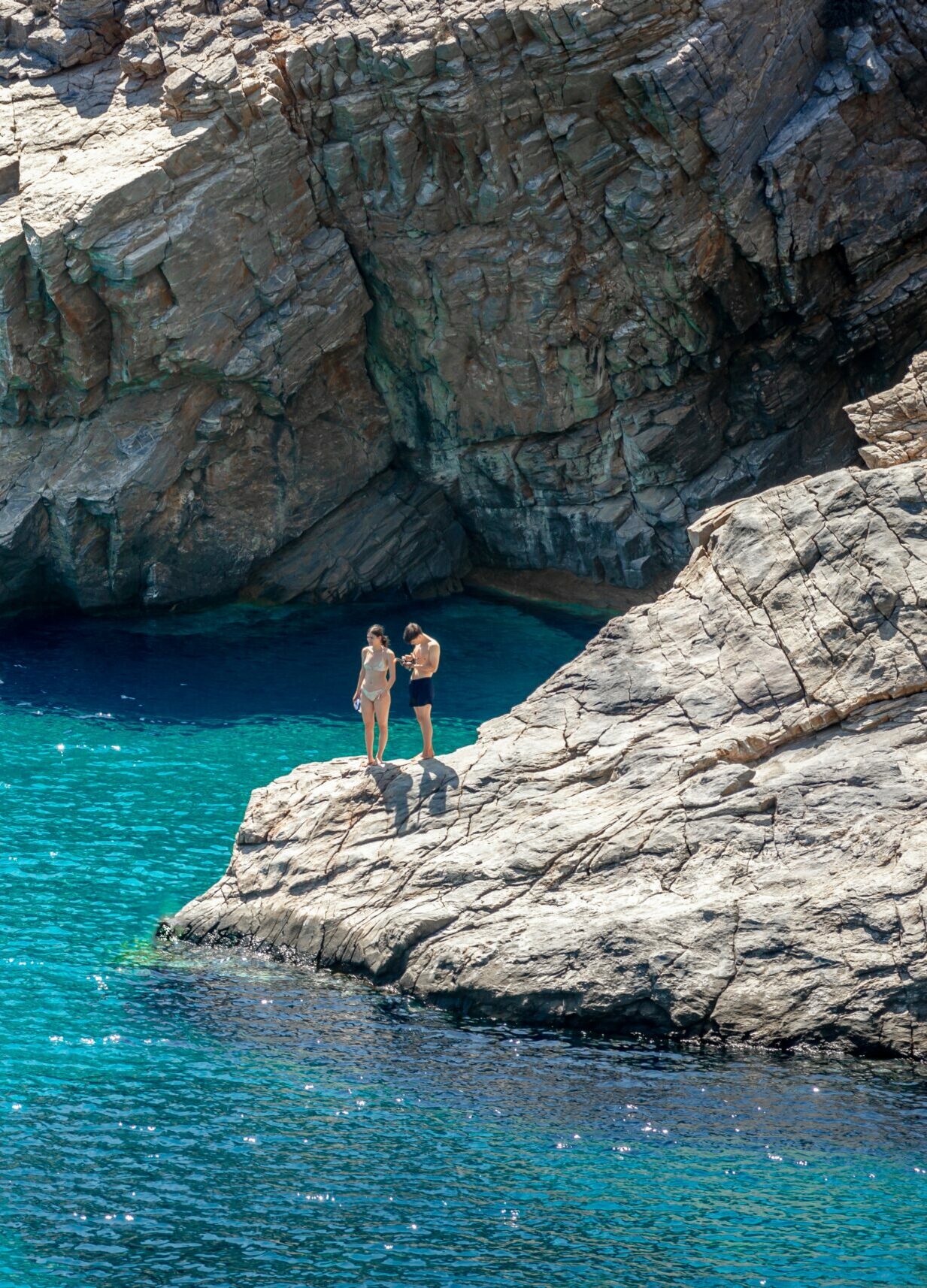The Peloponnese on the whole is world-renowned for its lovely, endless beaches. And so is Achaia. At 45 km – or 40-minutes-drive – south-west of Patras, there’s a beach that combines size with beauty.
The Kalogria, the endless golden sandy beach, with the lovely waters is well-known and well-loved among the people of the wider area. It’s also one of the most beautiful beaches in Greece and definitely worth a visit if you’re in that part of the Peloponnese.
As we’ve already mentioned, the beach is huge. 9 km long, the beach has both serviced parts, as well as parts that are the perfect refuge for people who want isolation and quiet to relax.
We don’t need to mention the crystal-clear waters that gradually become deeper making Kalogria an ideal choice (also) for families. Its waters are just as attractive as you imagine, and even more. It’s best if we speak about the nature around the beach.
And more particularly about the impressive sand dunes, sculpted by the western wind that often blows at the beach’s north part. It’s worth going up one of the dunes to admire the view of the beach and the Ionian Sea, while if you have your back to the sea, the view is equally impressive.
Kalogria beach is inside the Kotychi – Strofylia Wetlands National Park. The Strofylia forest, covering 2,200 ha, is the largest pine tree forest in Greece.
The view from the top of a sand dune is stunning. Consecutive lines of trees interrupted by clearings, as well as both natural and artificial canals. Beautiful-smelling Aleppo pine trees – the trees that have given the forest its name, since “Strofylia” means pine tree. The Aleppo pines protect the stone pines, some of which are over 200 years old, from the strong winds and the salt. The forest also has almond-leaved pears, kermes oaks, ash trees and turpentine trees.
The beach together with the forest, the Prokopos lagoon, the Papa (Araxos) lagoon, the Kotychi lagoon, the Lamia lake and the Mavra Vouna mountains constitute a lovely ecosystem that is protected by the Ramsar Convention and is part of the Natura 2000 network. The area has been a natural fish farm for hundreds of years. The Papa (pope) lagoon got its name in the Byzantine times, when, according to tradition, sea bream from the lagoon were offered as a gift to the Pope. How Lamia lake got its name is also quite interesting. According to legend, a monster appears in the lagoon’s (in reality it’s a marsh) water occasionally.
What is definitely not a legend is that this unique natural landscape gives shelter to many animals. Here, you might come across foxes, weasels, turtles and tortoises. While the area’s bird population, is also interesting and includes egrets, hoopoes, turtle doves, glossy ibises and swallows and many more bird species.
Kalogria beach and Strofylia forest are an ideal destination for those who want to spend their time in places that combine the lovely waters of the Greek sea with the country’s unique nature.
Kalogria beach and Strofylia forest on the map:
Read also:
Lakonia region’s petrified palm forest



